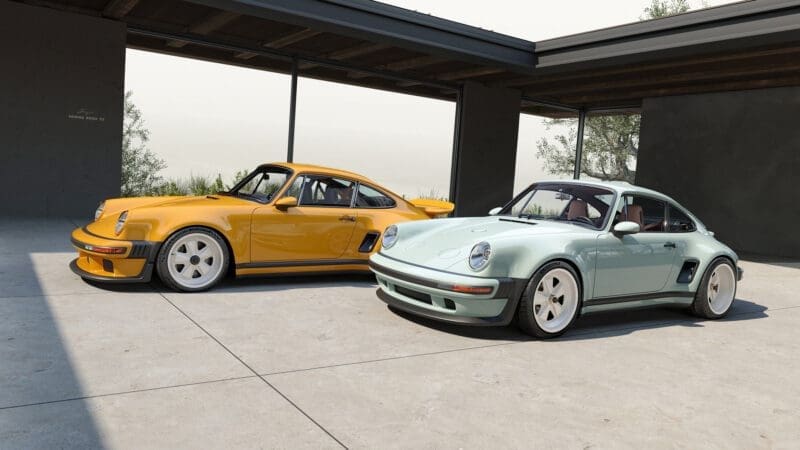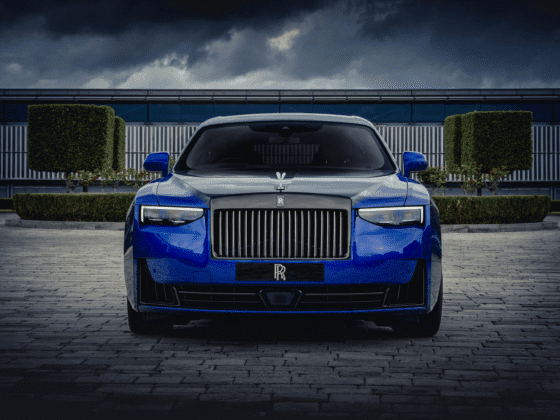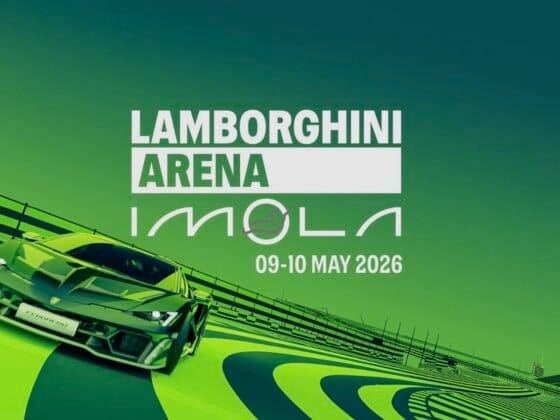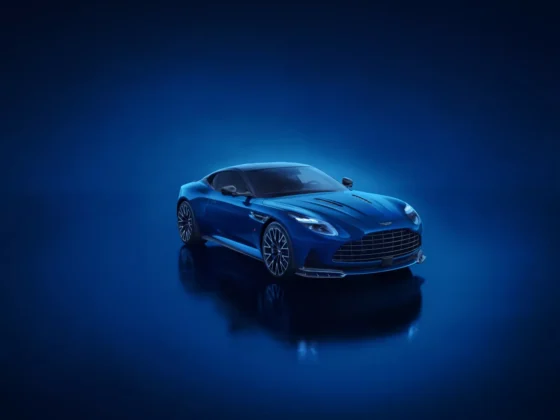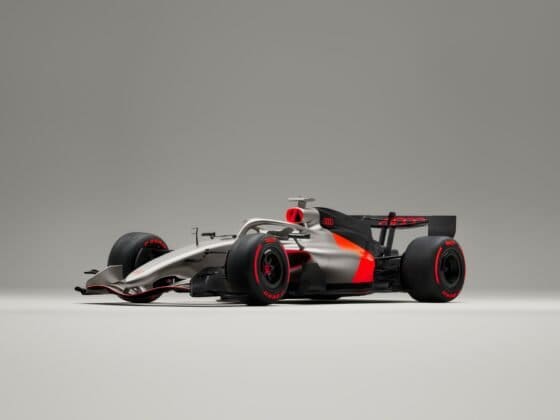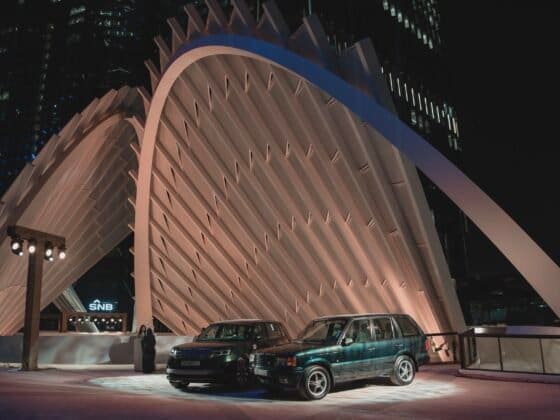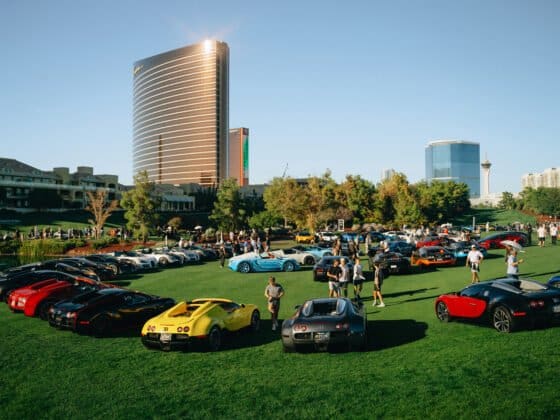Los Angeles mornings have a way of blending nostalgia with innovation, and nowhere is that spirit more vividly captured than in Singer’s latest project: the Porsche 911 Carrera Coupe Reimagined by Singer. Limited to just 100 commissions, this creation celebrates one of Porsche’s most evocative eras while injecting it with engineering sophistication that belongs firmly in the twenty-first century.
Singer, long admired for its meticulous approach to reimagining classic Porsche 911s, has turned to a rare inspiration this time—the wide-body Carrera of the 1980s, often referred to by enthusiasts as the “Super Sport Equipment” model. That car, with its naturally aspirated flat-six and muscular stance, became a cult icon. Now, Singer revisits the concept, crafting an analogue jewel designed not just to look exquisite, but to thrill on road and track alike.
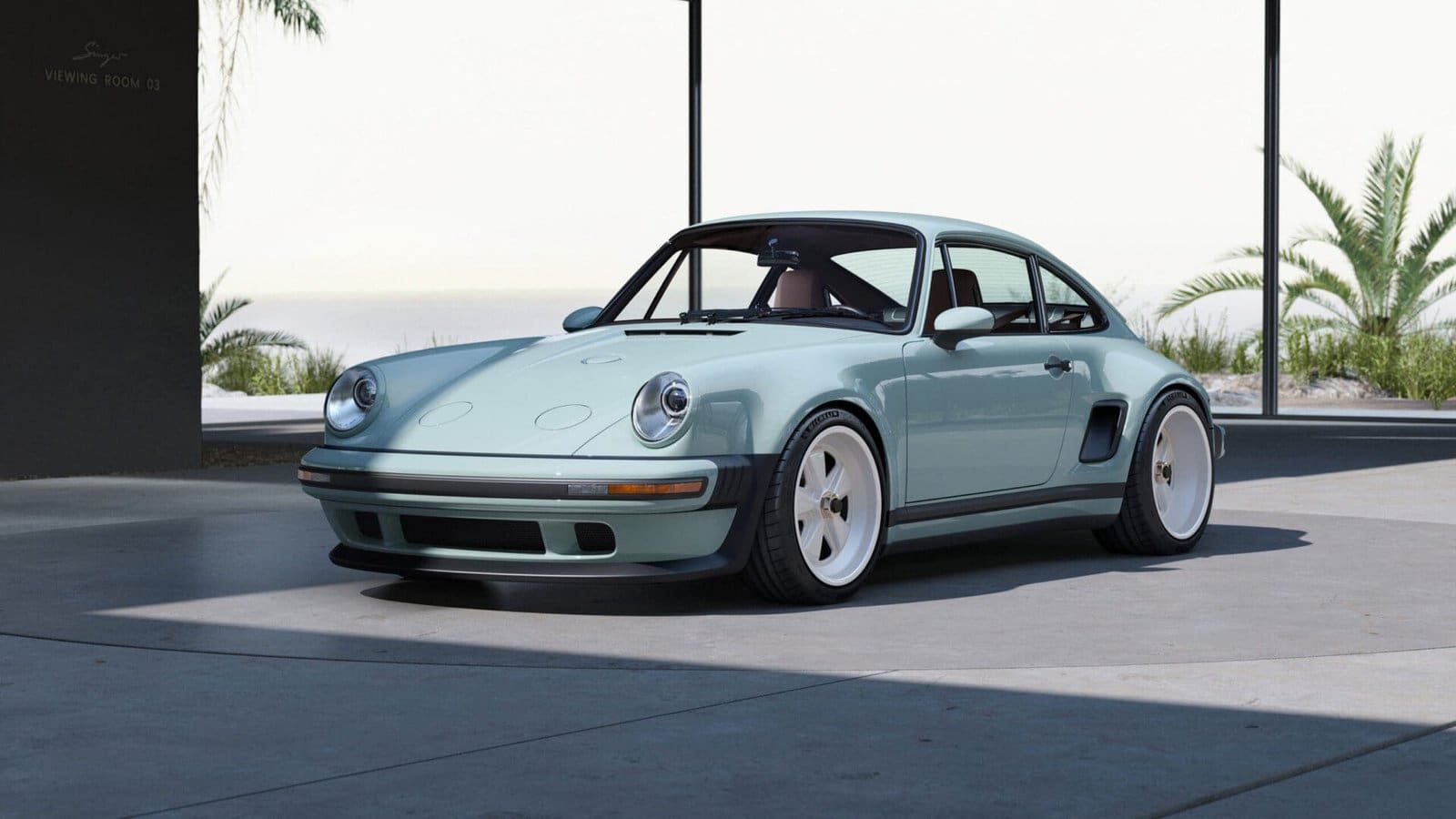
At the heart of this reborn Carrera lies a 4.0-litre, naturally aspirated flat-six engine, engineered in partnership with Cosworth. For the first time in a Singer restoration, the powerplant integrates variable valve timing, water-cooled cylinder heads paired with air-cooled cylinders, and an electrically powered fan. The result is a 420-horsepower motor that revs beyond 8,000 rpm, delivering both explosive performance and flexibility at lower speeds. The choice of a six-speed manual gearbox—topped with a raised, exposed shifter—makes clear that this car is meant to be felt, not just driven.
Singer’s collaboration list reads like a who’s who of motorsport engineering. Chassis strengthening has been developed with Red Bull Advanced Technologies, ensuring the classic Type 964 monocoque receives structural refinements that elevate handling and precision. Bosch contributes state-of-the-art ABS, traction control, and electronic stability control, which drivers can fine-tune through selectable drive modes. The philosophy is clear: this is a car engineered for engagement, without compromising modern safety and reliability.
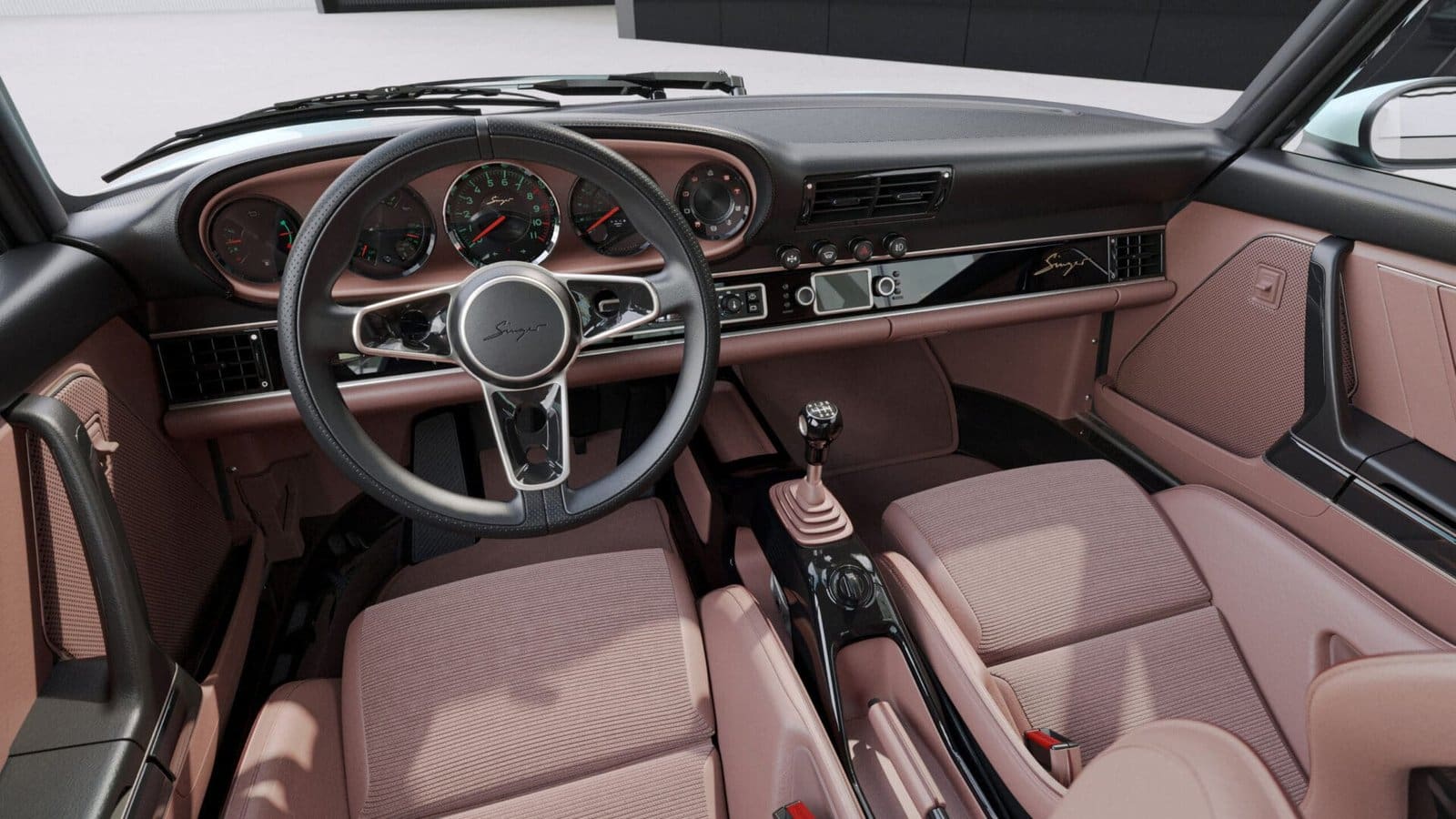
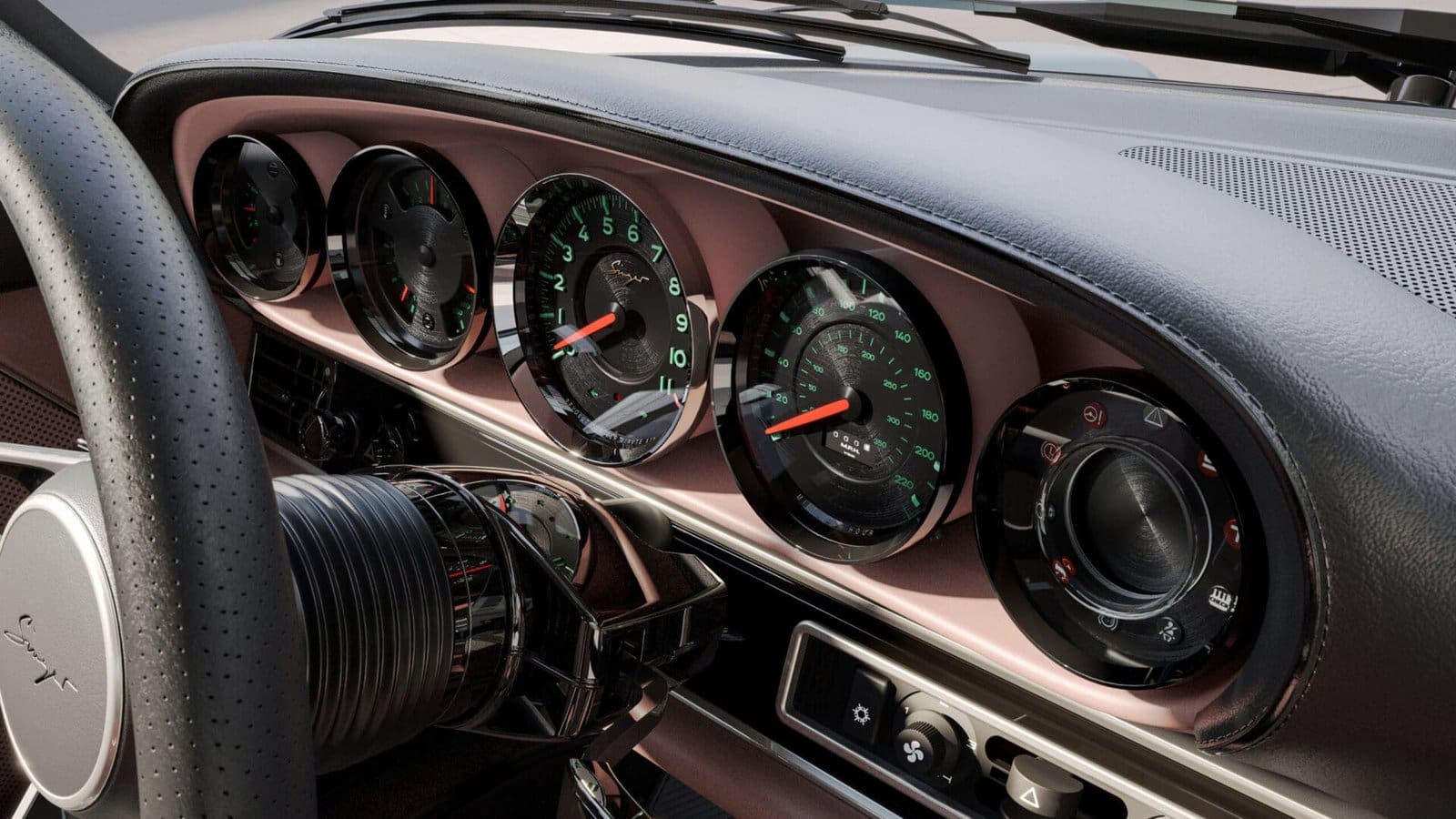
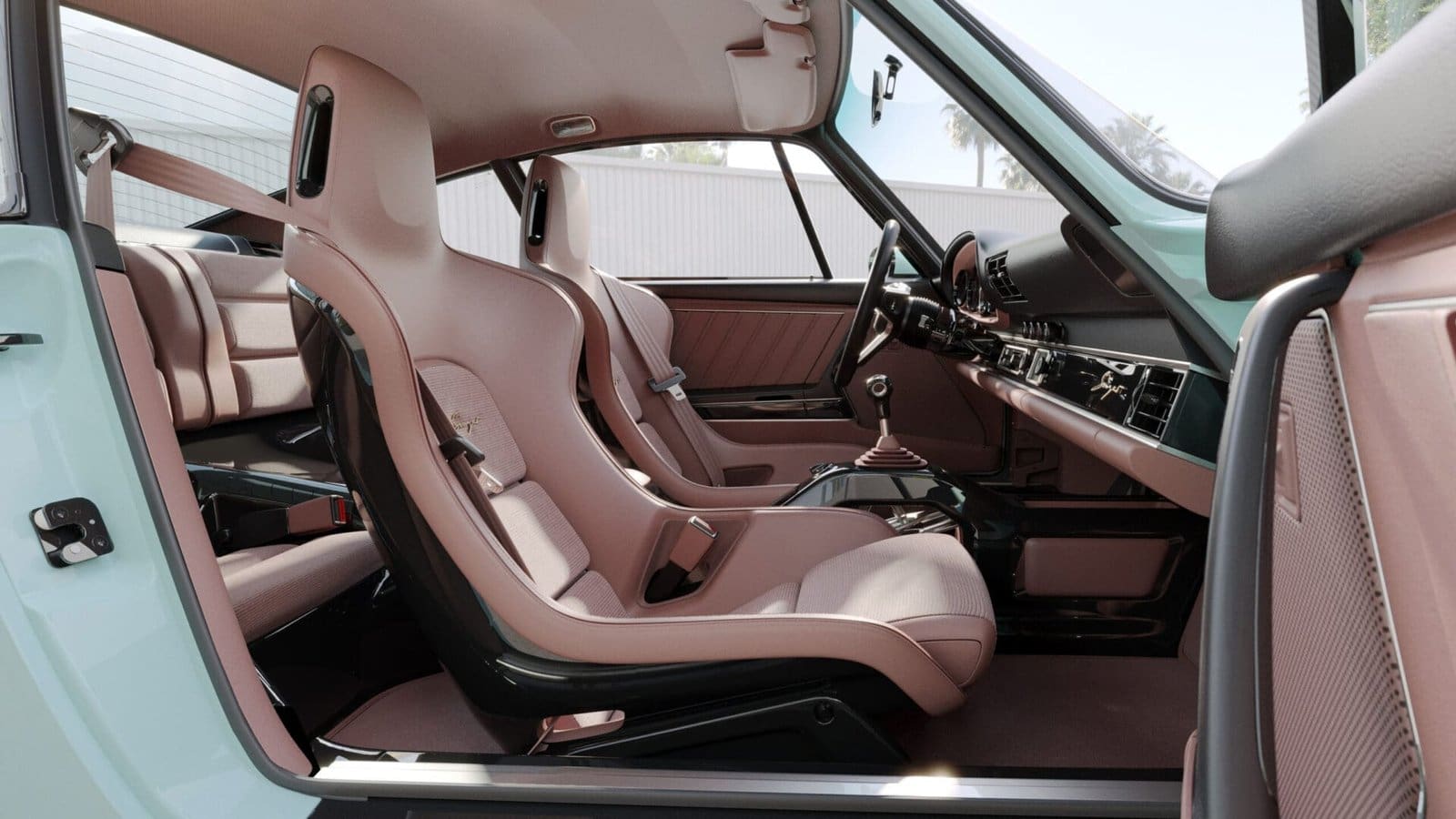
Visually, the car strikes a balance between reverence for heritage and a bold modern edge. Carbon fibre panels lend rigidity and weight savings while recalling the muscular lines of the G-series 911. Buyers can specify their own aerodynamic details—whether a fixed whale-tail wing for period drama or a discreet speed-activated option for understated sophistication. Subtle yet purposeful touches, such as retractable driving lamps and vented rear fenders, blend engineering necessity with visual theatre.
Inside, Singer’s craftsmanship shines in details that verge on haute couture. Hand-built gauges evoke the precision of fine watchmaking, while burnished leather seams and bespoke material choices underscore the individuality of each commission. From velvet corduroy sports seats to stripped-back track-focused interiors, no two Singer cabins will ever be alike. Yet each one shares the same tactile richness and obsessive attention to detail that has made Singer synonymous with automotive artistry.
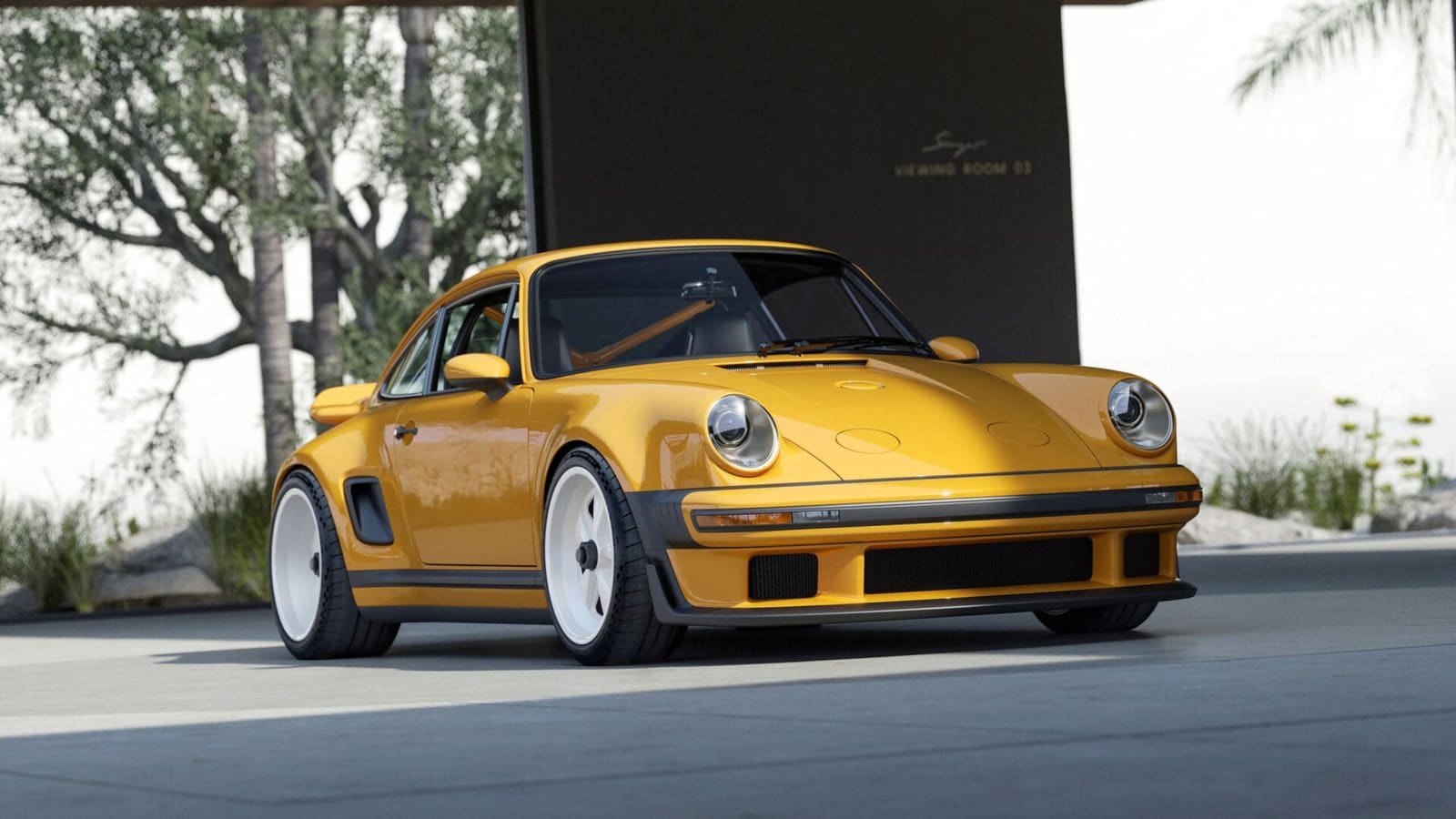
What sets this project apart is its duality: it is at once a homage to Hans Mezger’s legendary flat-six engine design and a contemporary interpretation of it. In many ways, the car bridges generations of Porsche enthusiasts—those who remember poring over magazine spreads of the 1980s Carrera as teenagers, and younger collectors who may be discovering the visceral purity of naturally aspirated performance for the first time. Singer offers them both a common ground: timeless design fused with cutting-edge engineering.
As with all of Singer’s work, no two cars will be the same. Two early commissions showcase this diversity—a Celeste Passalacqua coupe with a touring personality, and a Giallo Segnale build that leans toward track aggression. Both, however, embody Singer’s mantra: “restored, reimagined, reborn.” Each is not merely a car but a story, shaped by its owner’s vision and Singer’s relentless pursuit of perfection.
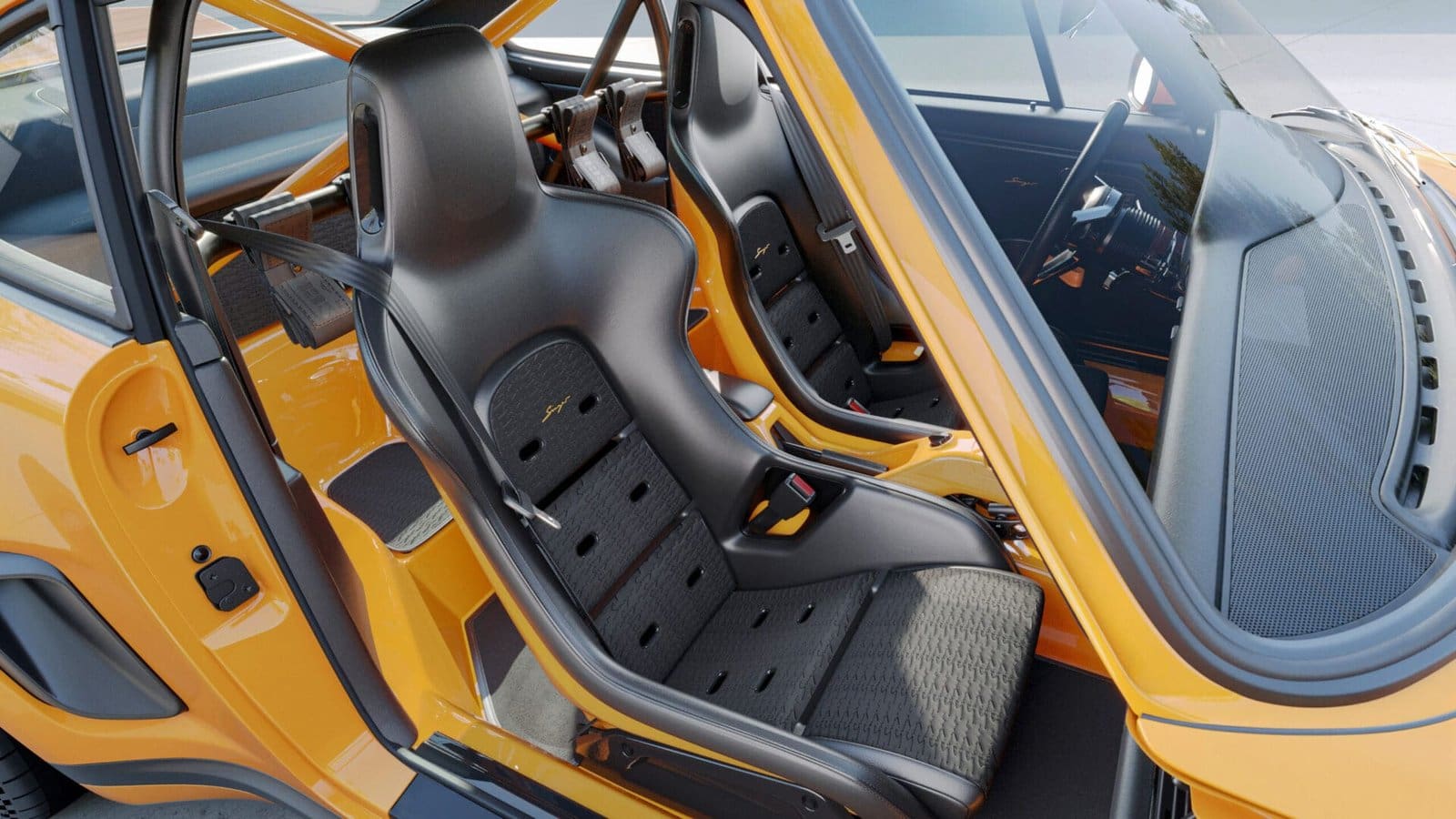
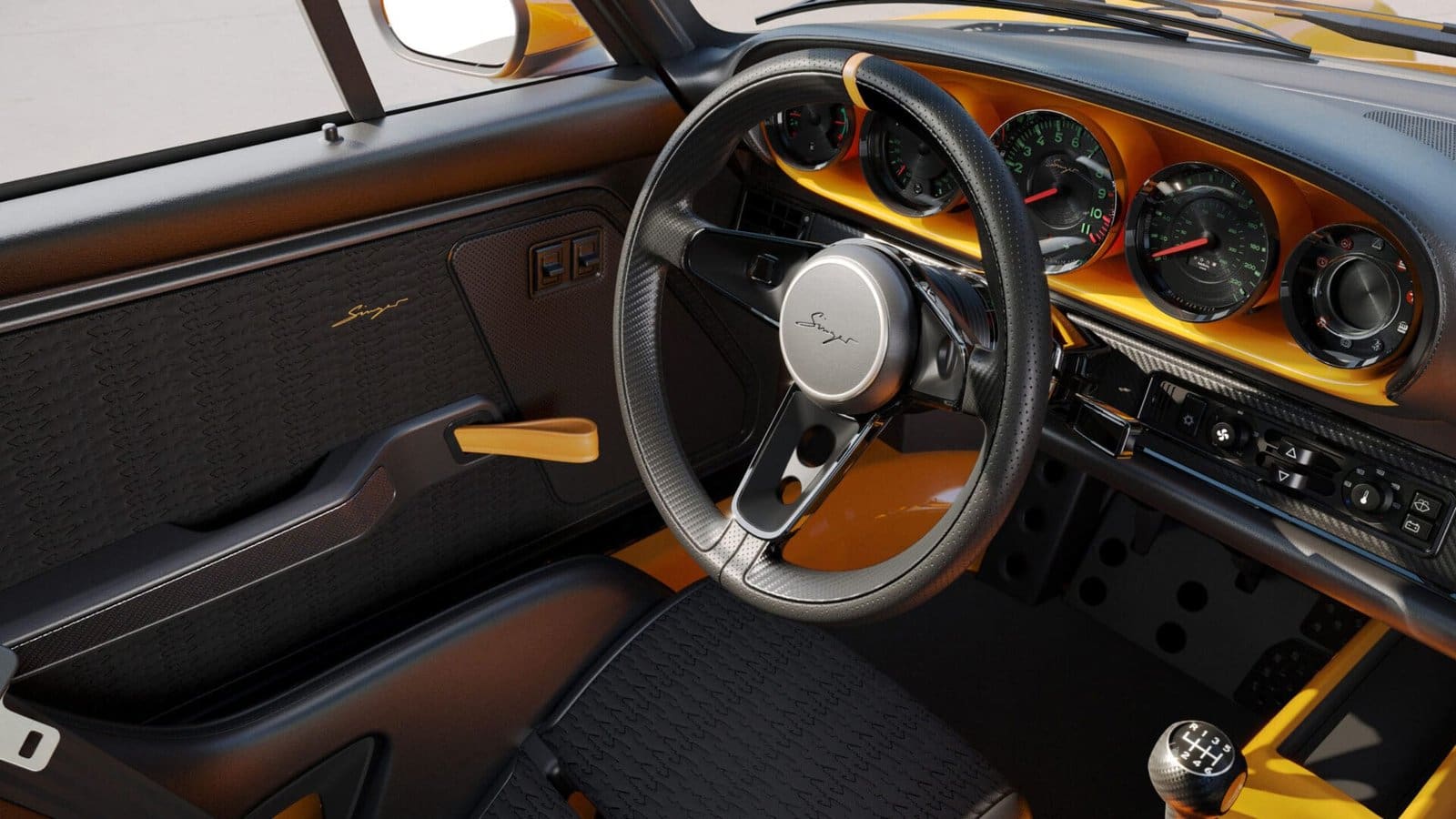
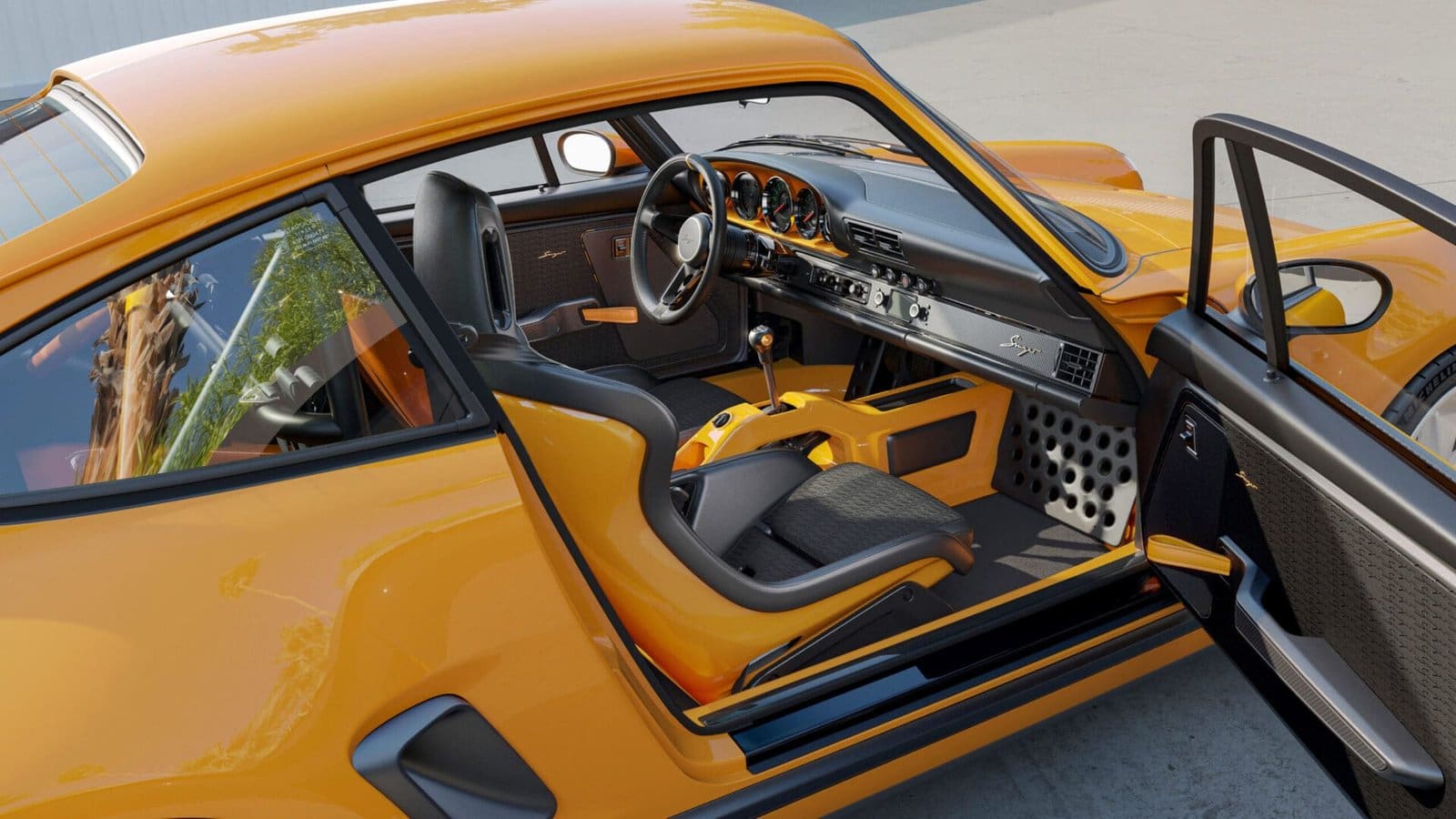
In the increasingly digital and electrified landscape of modern supercars, the Porsche 911 Carrera Coupe Reimagined by Singer feels defiantly analogue—a car that insists on being driven, not managed. It is a love letter to the mechanical soul of motoring, dressed in carbon fibre and stitched leather, with engineering credentials that rival contemporary race machines. For the fortunate hundred who secure a commission, it is more than transportation. It is, quite simply, the art of driving reborn.

